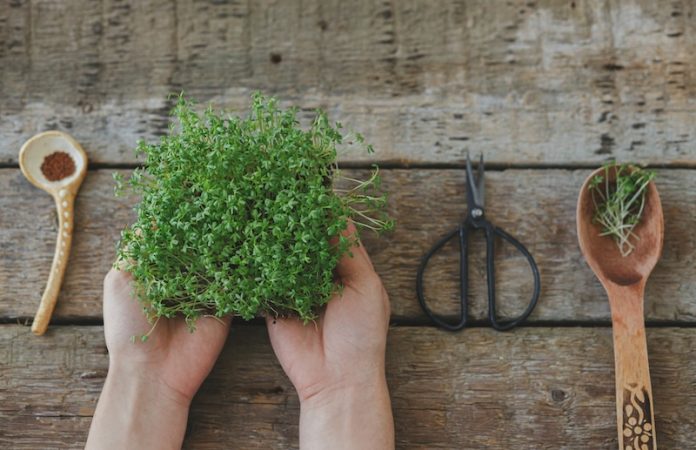
Researchers at AlMaarefa University have uncovered a promising natural approach to fighting one of the most serious complications of diabetes: kidney damage, also known as diabetic nephropathy.
This condition affects nearly one in four people with diabetes and can lead to chronic kidney disease, which greatly increases the risk of heart problems and other serious health issues.
The study focused on a natural compound called phenethyl isothiocyanate (PEITC), which gives certain vegetables like watercress their sharp, peppery flavor. PEITC is also found in other cruciferous vegetables such as broccoli, radishes, and turnips.
While these vegetables are already known for their health benefits, the new research suggests that PEITC may have a powerful effect in reversing kidney damage caused by diabetes.
Using a diabetic rat model, the researchers found that PEITC helped reduce or even reverse signs of kidney damage. This is particularly encouraging because diabetic nephropathy can be very difficult to treat, and most current treatments only slow the disease rather than reverse it.
The findings also support earlier studies that showed similar protective effects from sulforaphane, another compound found in cruciferous vegetables.
These results point to the potential of using diet as a form of medicine, especially for people with diabetes who are at high risk for kidney problems. Including more PEITC-rich vegetables in daily meals could offer a simple, affordable, and natural way to reduce the risk of kidney complications — or possibly even help heal damage that has already occurred.
The idea that vegetables like watercress or broccoli could play such a powerful role in disease prevention and treatment is both hopeful and practical. Because PEITC is found in common foods, it’s easy for people to include it in their diets without needing special supplements or medications.
However, while the results in animals are encouraging, more research is needed to understand how PEITC works in humans. Scientists will need to study whether the same kidney-healing effects happen in people, and if so, how much PEITC is needed to see results. They also want to explore how this compound might be used alongside existing diabetes treatments to improve overall outcomes.
The research was presented at the American Association for Anatomy’s annual meeting, highlighting its importance in the scientific community. If future human studies confirm these findings, it could lead to new dietary guidelines or even treatment options that use natural food-based compounds to help manage diabetes and its complications.
In conclusion, this study adds to a growing body of evidence that what we eat can have a powerful impact on our health — not just in preventing disease, but potentially in reversing it. For people with diabetes, everyday vegetables like watercress could one day be part of a targeted strategy to protect the kidneys and support better long-term health.
If you care about diabetes, please read studies about diabetes and vitamin B12, and the right diet for people with type 2 diabetes.
For more health information, please see recent studies about how to eat smart with diabetes, and turmeric and vitamin D: a duo for blood pressure control in diabetic patients.
Copyright © 2025 Knowridge Science Report. All rights reserved.



